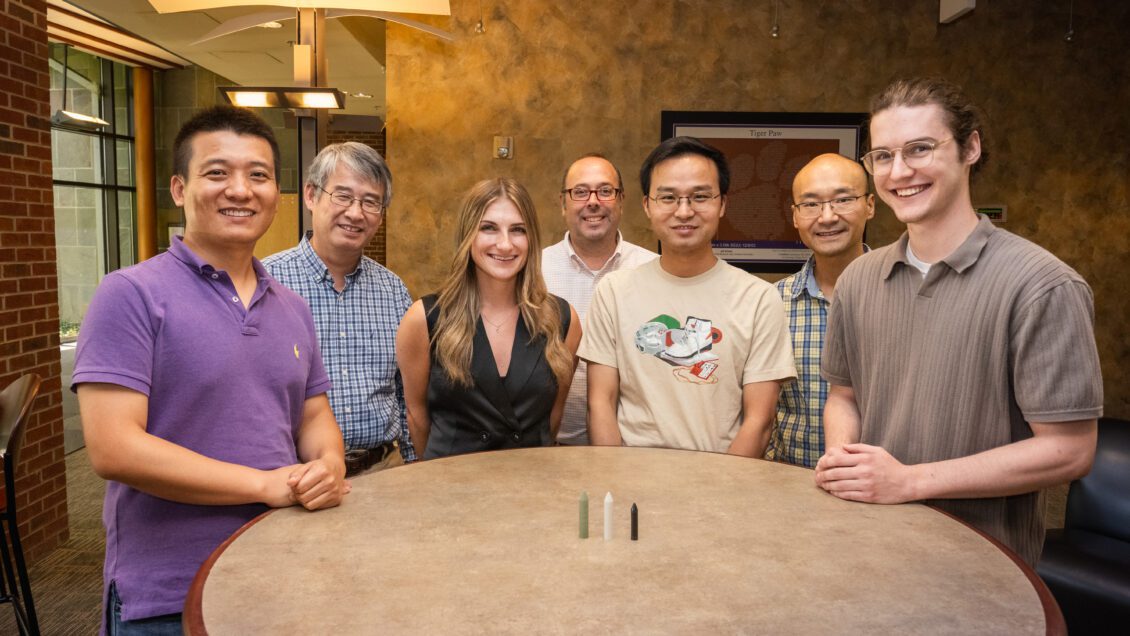
Clemson University researchers have devised a novel way of 3D-printing protonic ceramic fuel cells, a renewable energy device that shows promise for generating electricity more sustainably than burning fossil fuels.

Instead of using coal or petroleum, protonic ceramic fuel cells run on renewable fuels, such as hydrogen, ammonia, hydrocarbons and alcohols. The challenge has been to move them from the lab to the real world because of how difficult they are to manufacture on a large scale.
To solve this problem, a team working at Clemson’s Advanced Materials Research Laboratory turned to their expertise in 3D printing, a technology that can create complex, customizable objects with high precision.
The team 3D-printed protonic ceramic fuel cells in a tubular shape, which has several advantages over a planar design, including better durability and easier sealing.
Using hydrogen for fuel, the team tested a single fuel cell for 200 hours and found that it produced power consistently. Researchers said 3D-printing protonic ceramic fuel cells offer greater precision, consistency and affordability than traditional manufacturing techniques.
The all-Clemson team reported its findings in the journal ACS Energy Letters. The first author was Ph.D. candidate Minda Zou, and corresponding authors were postdoctoral researcher Jiawei Zhang and Professor Jianhua “Joshua” Tong, all in the Department of Materials Science and Engineering.
“Our work suggests that 3DP could pave the way for the real-world applications of tubular PCFCs,” the team wrote in the paper, using an abbreviation for 3D-printing and protonic ceramic fuel cell.
Tong said a big part of what makes the research unique was that the team was able to 3D-print all three layers required in a fuel cell– the anode, cathode and electrolyte.
“Nobody else has done that,” he said. “More importantly, the method is simple and cost-effective, which is promising for commercialization.”
Although it so far takes about three hours to 3D-print one fuel cell, the team said it plans to create a more advanced design as a next step in its work. If all goes well, Tong sees potential for commercializing 3D-printed protonic ceramic fuel cells in about five years.
The name of the paper is, “3D Printing Enabled Highly Scalable Tubular Protonic Ceramic Fuel Cells.” In addition to Zou, Zhang and Tong, co-authors are: Jacob Conrad, Bridget Sheridan, Hua Huang, Shenglong Mu, Tianyi Zhou, Zeyu Zhao, Kyle S. Brinkman, Hai Xiao and Fei Peng.
Get in touch and we will connect you with the author or another expert.
Or email us at news@clemson.edu
